By Joseph Luster
The beginning of the decade will be remembered for a lot of things, but let us always keep in mind the transformation television made around that time. The Sopranos was in its early stages, Jack Bauer was just getting the hang of screaming at terrorists for bomb locations, and Steven Spielberg and Tom Hanks were kicking off one of the most expensive and ambitious television projects ever. Band of Brothers, based on Stephen Ambrose’s 1992 book of the same name, brought feature film production values to HBO, staging a historically rich take on Easy Company’s contribution to World War II, from jump training to the end of Germany’s resistance.
The 10-part miniseries, with an estimated budget of about $12 million per episode, accomplished a lot during its run, not the least of which was establishing that Ron Livingston (portraying Captain Lewis Nixon) was effective well beyond the smashing of corporate supplies and the kicking over of cubicles in Office Space. Above all else, Band of Brothers deftly balanced its character studies with hard-hitting combat that showcased the brutality of war, and its show runners are looking for a repeat performance in 2010.

Like its predecessor, The Pacific—coming courtesy executive producers Tom Hanks, Steven Spielberg, and Gary Goetzman—is spread across 10 episodes. Unlike Band of Brothers, this take on the Pacific Theater isn’t based on a single book; instead it takes a good deal of its content from U.S. Marine memoirs. The pair of books in question are Robert Leckie’s Helmet for My Pillow and Eugene Sledge’s With the Old Breed. In addition to the personal tale of these Marines is that of John Basilone, a Marine who earned the Medal of Honor for his participation in the Battle of Guadalcanal, and also received the Navy Cross.
Other material used for the series includes Red Blood, Black Sand, by Chuck Tatum, and another work from Sledge, China Marine, with filmmaker-conducted interviews providing background for the rest of the show’s narrative.

Filling the shoes of Eugene “Sledgehammer” Sledge is Joseph Mazzelo, an actor you many may recognize as Tim Murphy in Jurassic Park. Yes, he played the young boy in Spielberg’s 1993 dino classic; try not to feel too old when you see him entrenched in battle. Rounding out the rest of the Big Three are Jon Seda (Gladiator, King Rikki) as John “Manila” Basilone, and James Badge Dale (he played Chase Edmunds in 24, bringing us right back to the beginning) as Private First Class Robert Leckie.
The Pacific throws the audience into the dirt-kicking fury of things at ground level, with Marines taking on Japanese forces on Guadalcanal. Throughout the series, we wind through Cape Gloucester, Peleliu, Iwo Jima, and Okinawa, bringing things to a close right up to the trip home. With a budget hovering around that of Band of Brothers, it’s no surprise that as much painstaking detail as possible was put into faithfully recreating these scenarios, with the majority of filming done across various Australian locations.
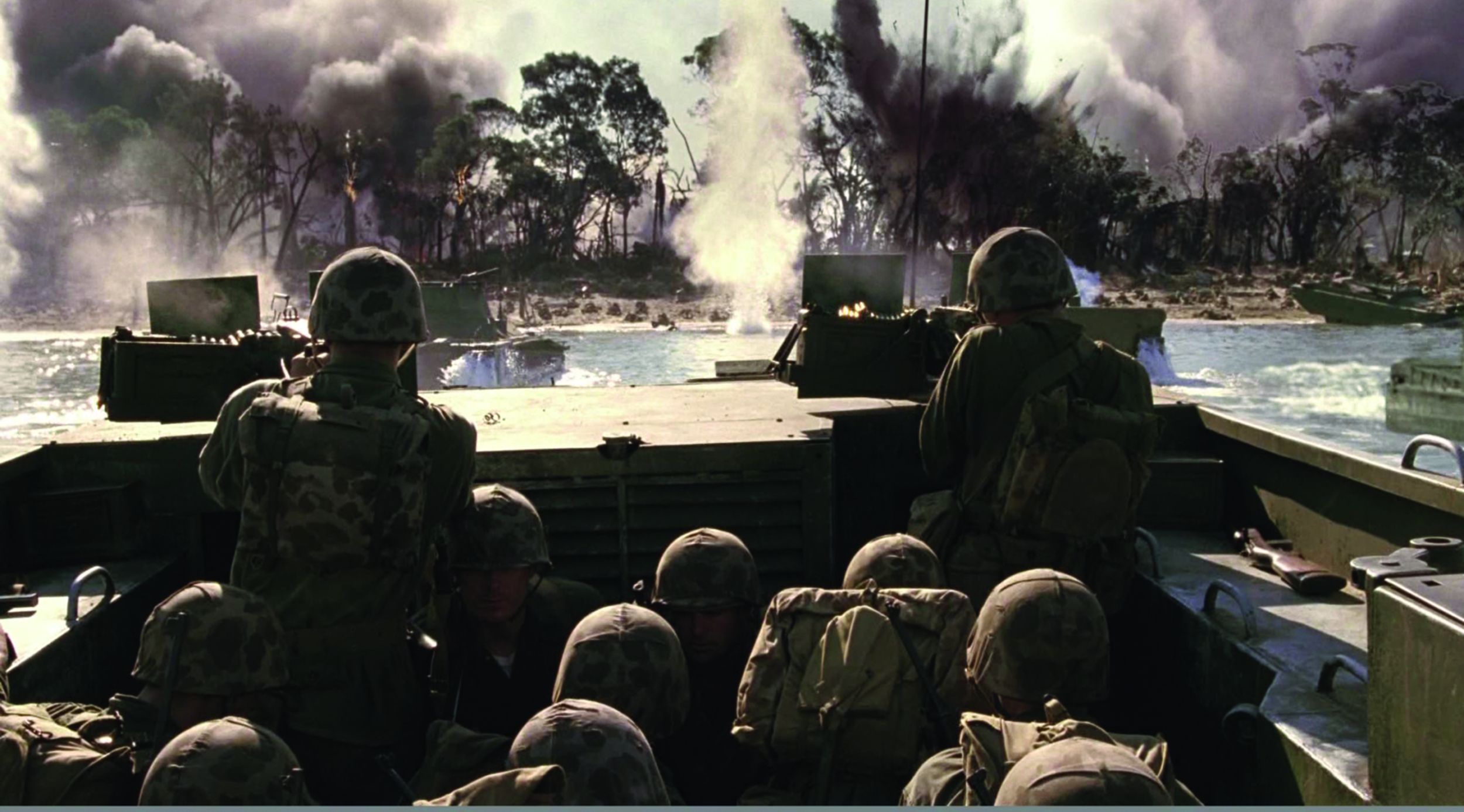
Explosive bursts of dirt and deafening water-submerged chaos bring to mind once more the opening to Spielberg’s own Saving Private Ryan, which set the standard for budget-busting depictions of war. However, while surface comparisons to both the award-winning 1998 feature and Band of Brothers are (as evidenced by this very article) unavoidable, anyone familiar with this particular theater of war knows it to be another beast entirely. As executive producer Tom Hanks puts it, “The war in the Pacific was a very different perspective from the war in Europe.”
As a result, series creators—including writer/producer Bruce McKenna, who also wrote episodes of Band of Brothers—have completely avoided the too-easy route of simply placing the essence of their former work in new locales; with a unique situation comes an appropriately fresh take. Soldiers fought against enemies that played with a rule book foreign to them, and braved harsh elements that made every little task all the more daunting. The result of this concoction is a documentary-style take on World War II’s flipside.
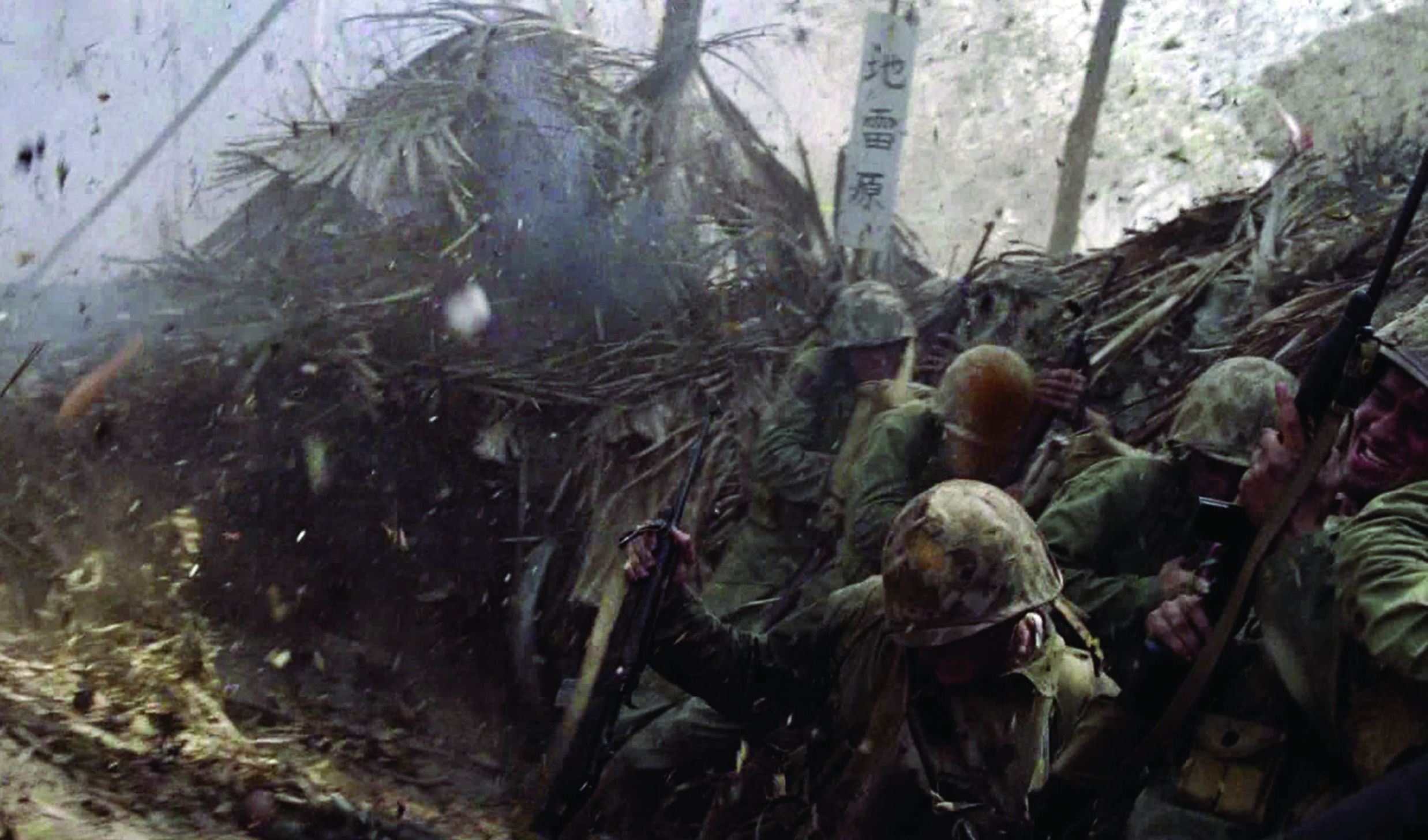
The Pacific will no doubt have viewers glued to HBO in March, through the tumultuous ferocity of war, just as Band of Brothers did in 2001. It’s not going to be entirely comfortable, and productions like this are memorable for things that go beyond pure entertainment value. They’re not just about displaying fields of battle, or the execution of key campaigns as they occurred. Rather, Band of Brothers, and now The Pacific, place a more keen focus on the human element. There is perhaps no more honest or staggering a window through which we can observe our history.
The Pacific airs in March 2010. Band of Brothers is available in both DVD and Blu-ray collections.


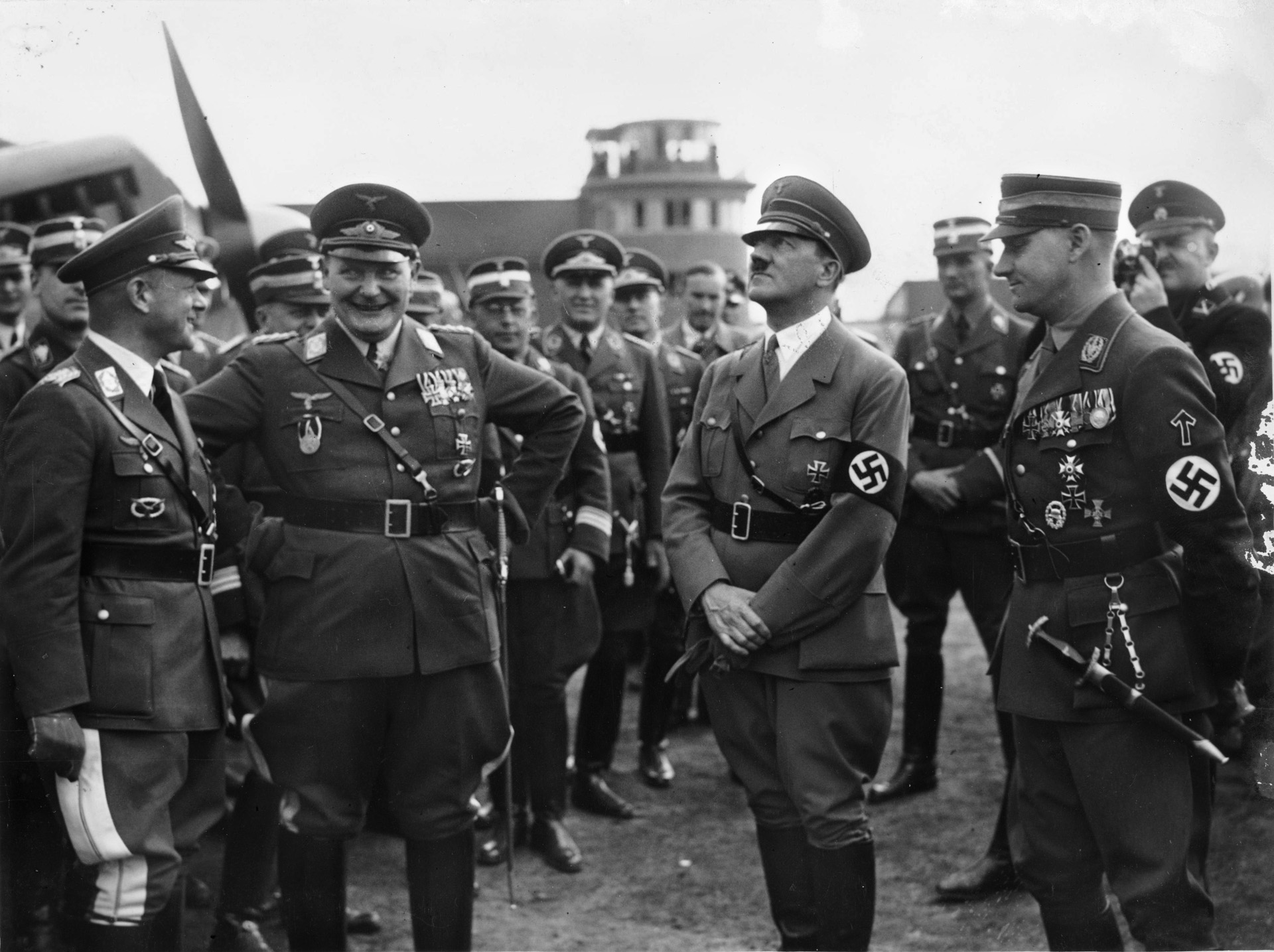
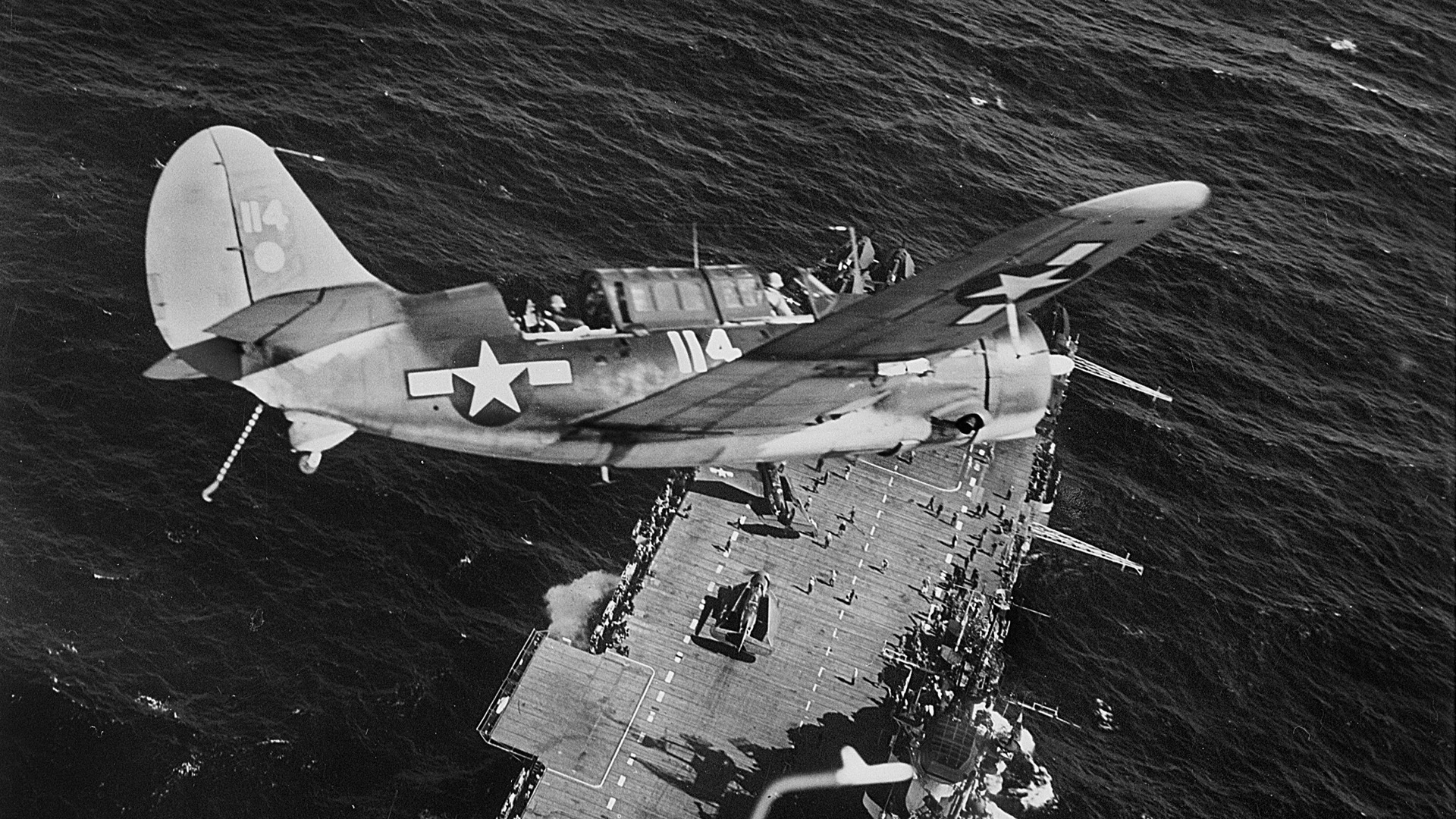
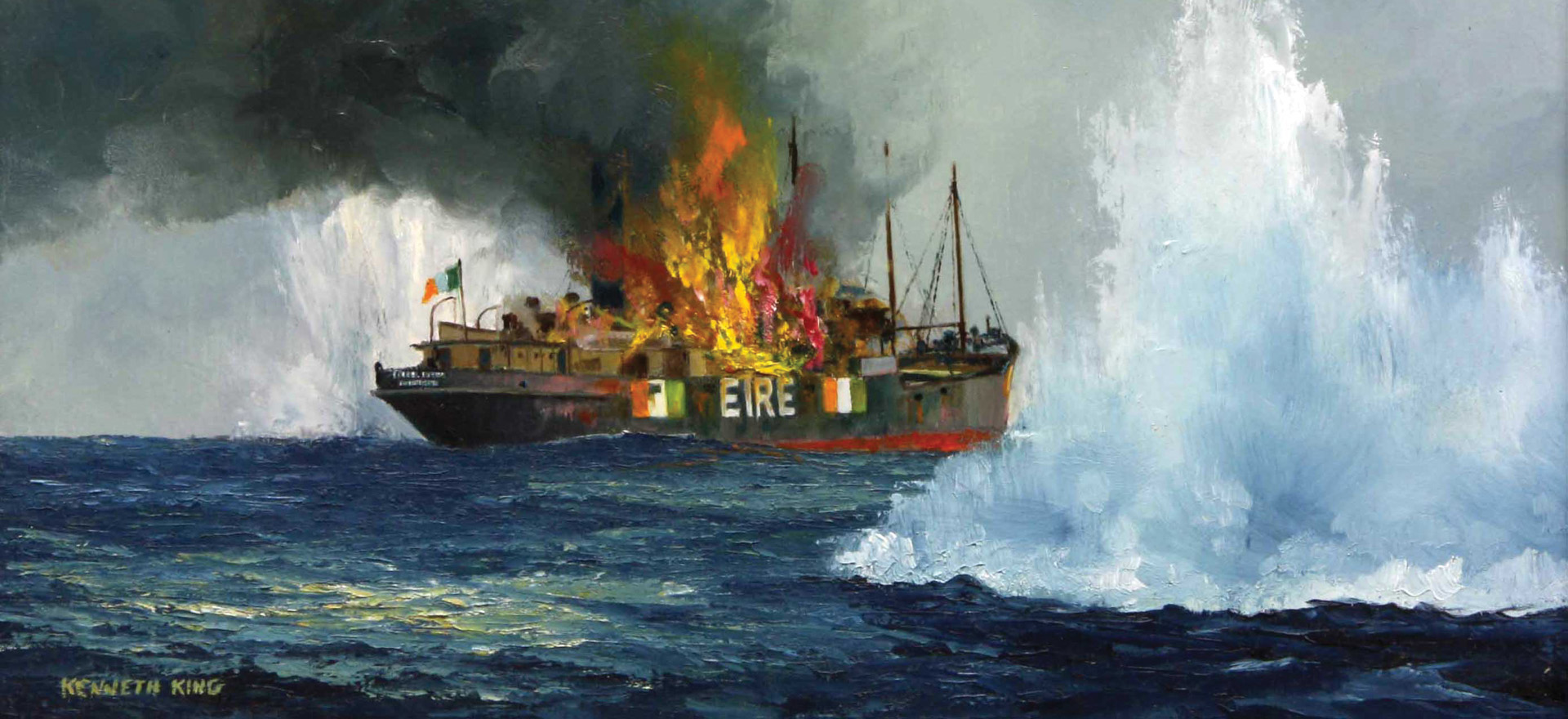
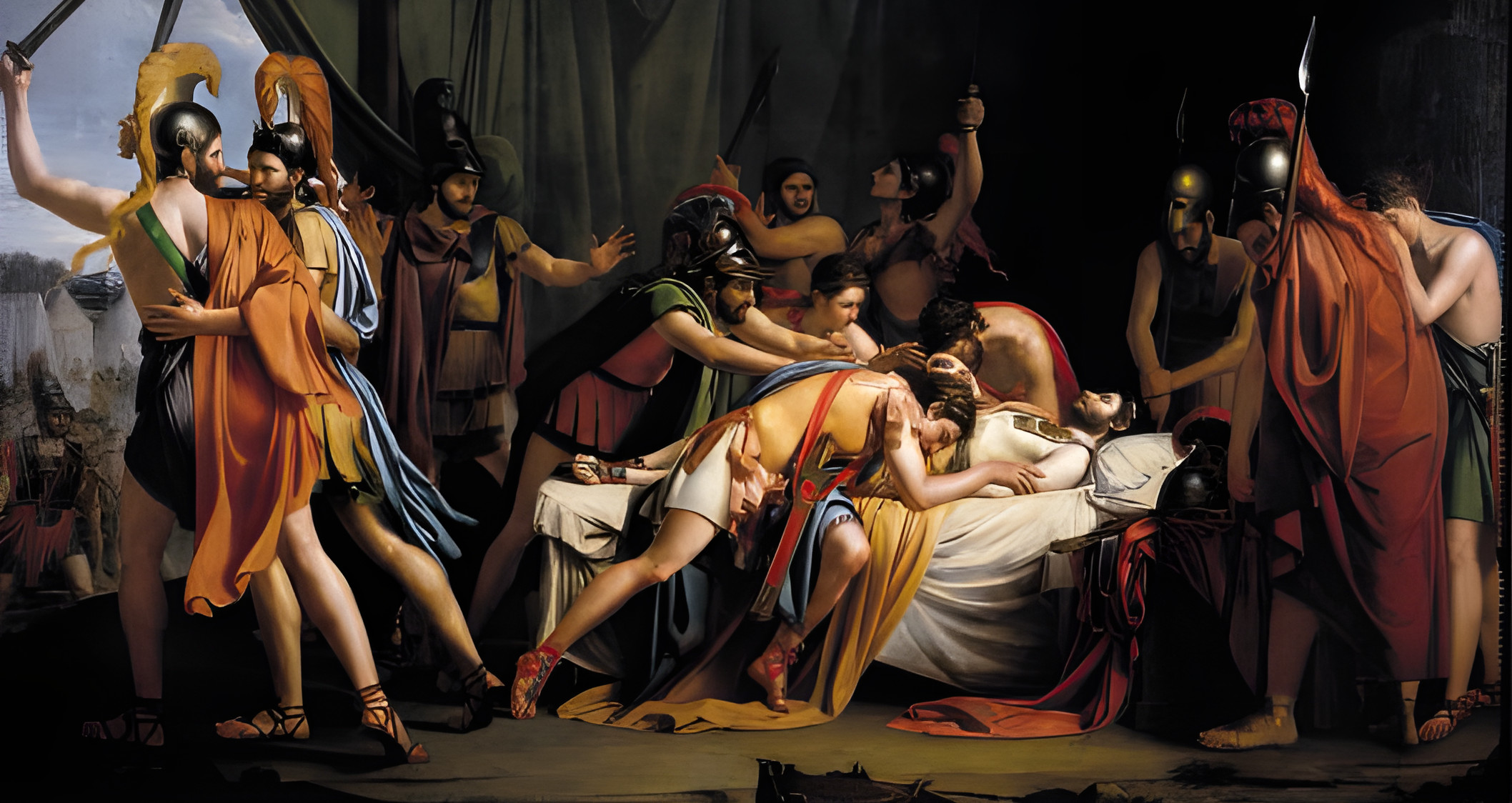
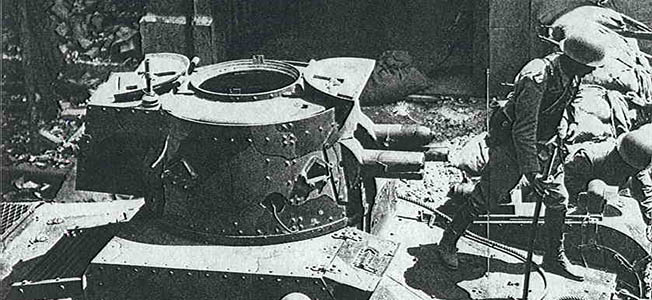
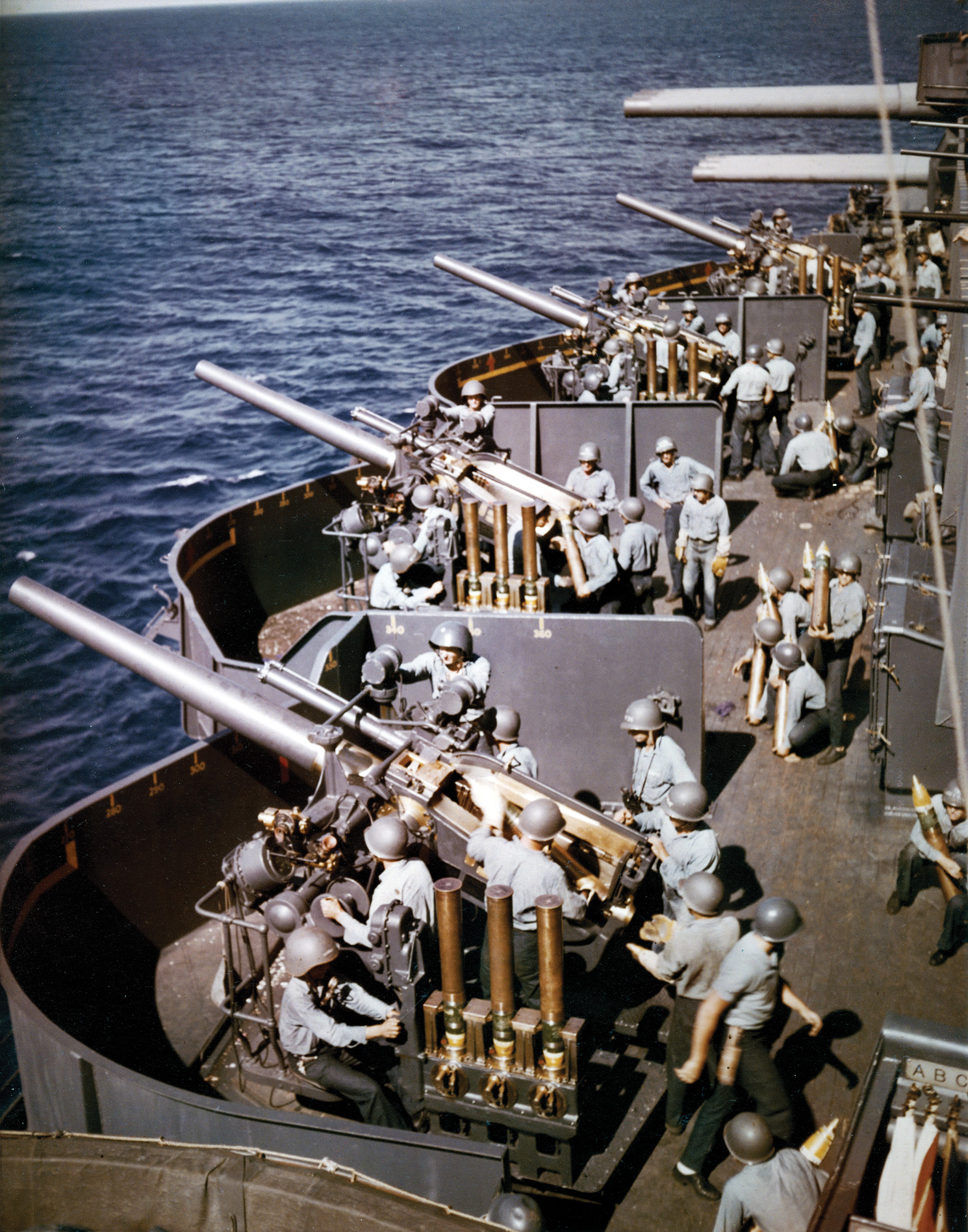
Join The Conversation
Comments
View All Comments